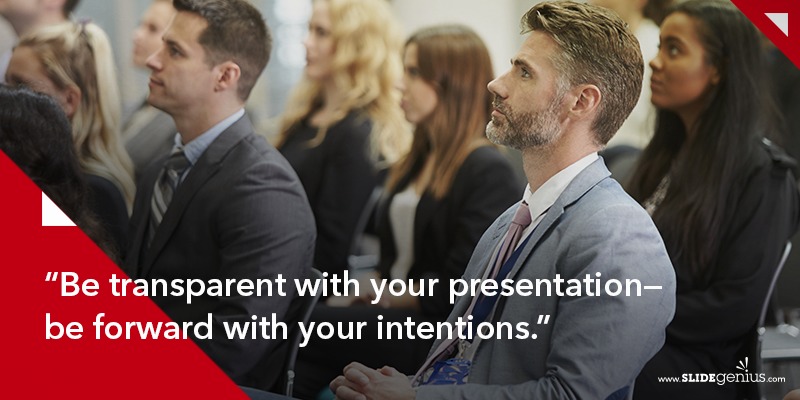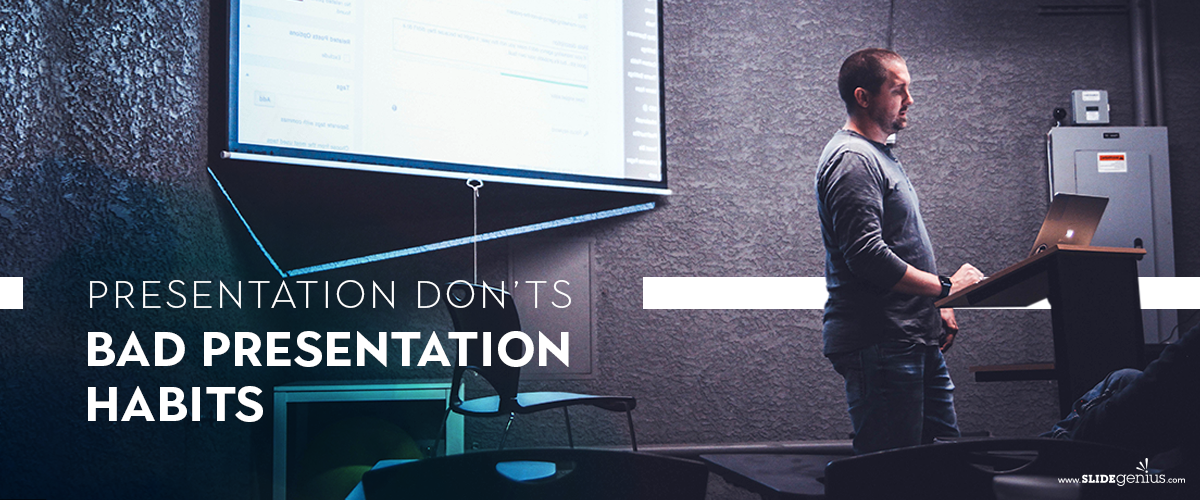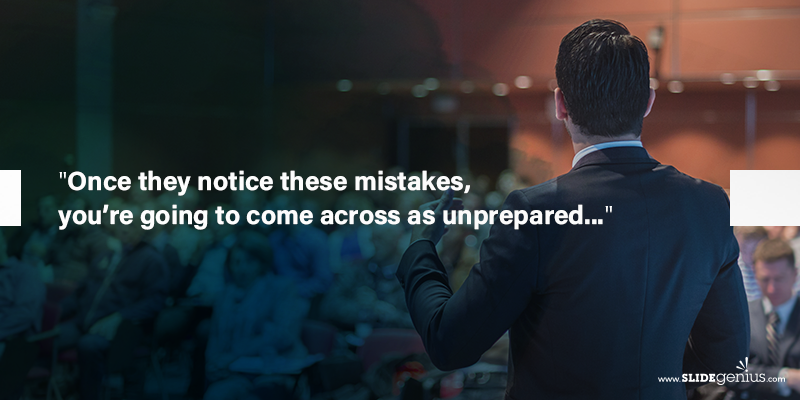
Preparing the content of your deck is only half the battle in delivering a presentation. You can have the most beautifully designed and eloquently written presentation in history, but if your public speaking skills are not up to snuff, then it will be all for naught. Your body language can tell a different story.
[sg-blog-modules module=one]
As the saying goes, “it’s not about what you say, but how you say it.”
Simply put, delivering a good presentation takes demonstrating good body language. Presentation experts will tell you, beyond simply knowing your content, it’s important to be able to show confidence and relatability in front of your audience. When your body language complements your content, then you’re sure to deliver a great presentation.
In this article, we’ll tackle the key aspects of body language that will boost your presentation skills to the next level.
Posture

Whether you’re sitting down or standing up, how you carry yourself greatly affects the entire mood of your presentation. You never want to be caught slouching, as it makes you look lazy and unprofessional.
Maintaining an upright and open posture presents a confident and charismatic stance to your audience. It also makes you feel more confident.
A good tip is to loosen up before your presentation. It’s meant to release all the nervous tension that may cause you to stand or sit in awkward positions.
Eye contact

Perhaps one of the most neglected steps in presenting is establishing a good connection with the audience.
The stronger the connection, the more receptive your audience will be to what you’re presenting. The quickest way to develop that is with eye contact. It sends a subtle message that you are paying attention to them, making you deserve their attention.
It may seem like a small detail, but it also subconsciously tells them how confident you are in your presentation.
Facial expressions

While we’re on the topic of connections, remember to be aware of your facial expressions.
When it’s appropriate, you’ll want to smile as much as possible. No one enjoys sitting through a presentation from someone who looks like they do not want to be there.
Remember that audiences tend to mimic or feed off the emotions of the presenter facing them.
With a smile on your face, you have the power to uplift the room you step in front of.
Gestures and Movement

As the presenter, it’s your mission to keep your audience engaged. Incorporating hand gestures and movement can be what makes the difference between a dull presentation and a captivating one.
Think of your arms and legs as storytelling tools. Hand gestures add emphasis to your speech while movement along the stage can guide the attention of your audience. And like any tool, you must handle these with care and precision. You need to strike a balance in your use of gestures and movements so that they come off as part of your natural motions and not overly rehearsed.
—
While presentation styles may vary from person to person, body language is universal. It’s a form of communication that speaks beyond words and potentially adds to the impact of your presentation.
To presentation specialists, using subtle hints in body language is an invaluable skill in communication and public speaking. With enough practice, you’ll be instinctively using your body language to deliver more dynamic presentations.
To learn more ways to elevate your presentations, you can contact us anytime! At SlideGenius, it’s our passion to design exceptional PowerPoint presentations. We believe that good business starts with a well-made presentation.
Let us handle the designs, while you can practice on your delivery!
[sg-blog-modules module=two]



















